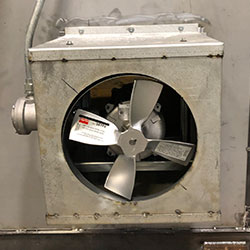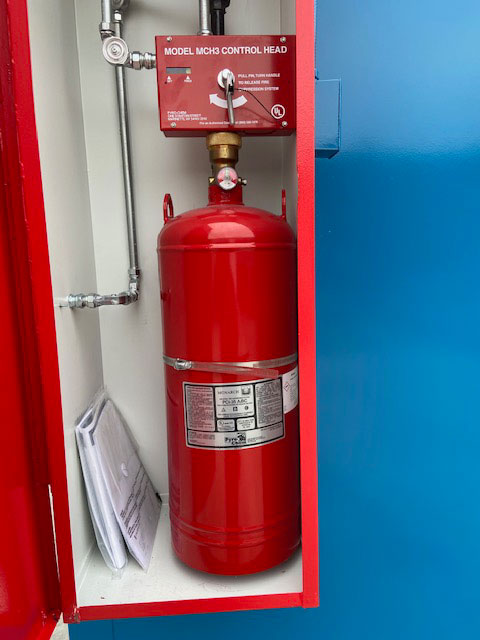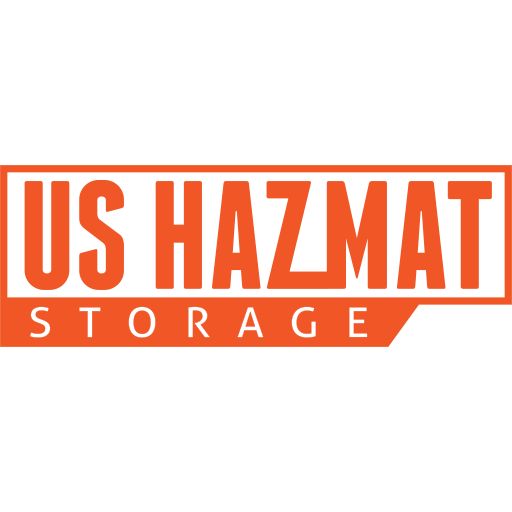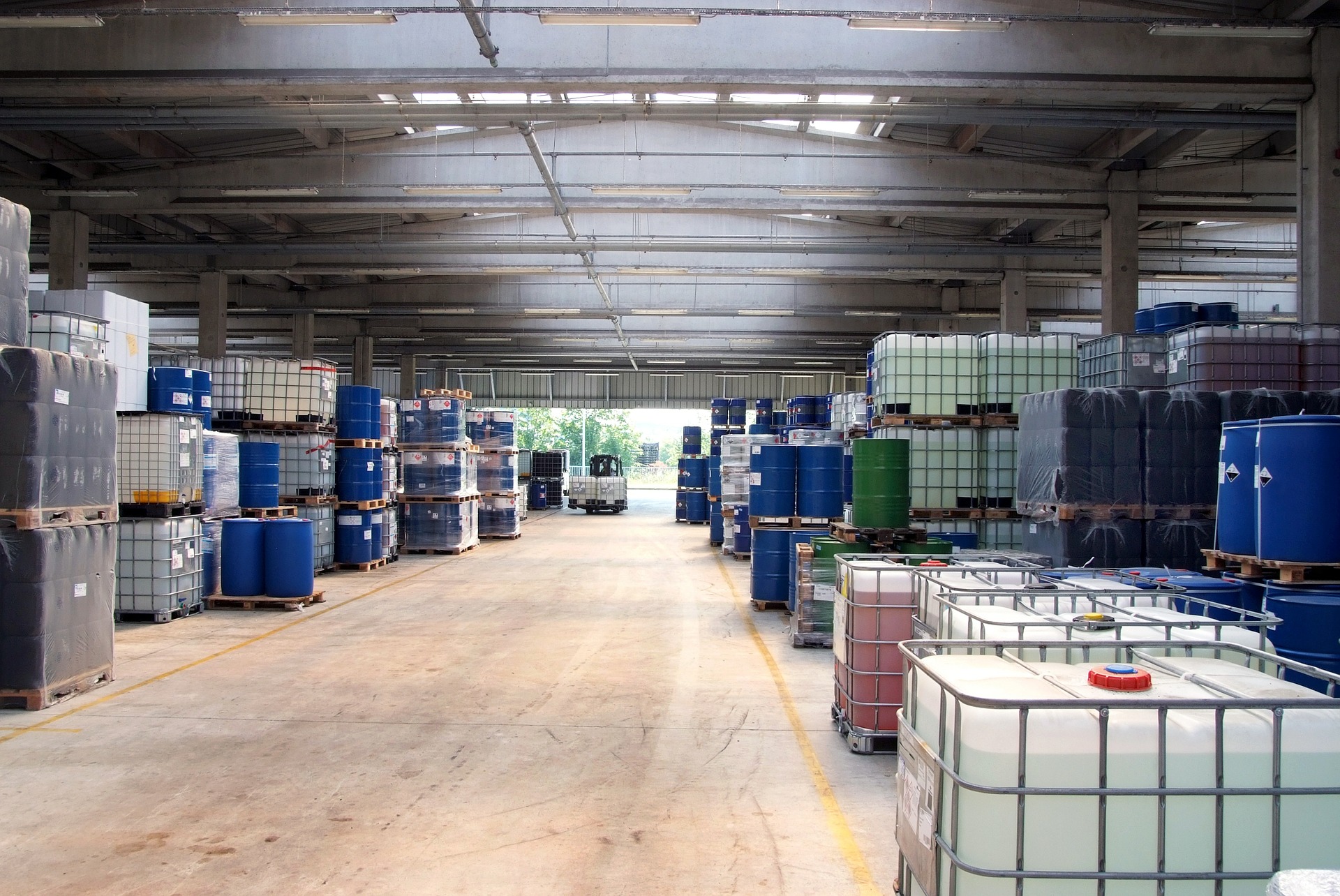Styrene monomer is the building block of plastics and synthetic rubbers. Versatile in application and use, this durable and inherently strong monomer used to make synthetic rubber, latex and polystyrene resins. Through a series of delicate synthesis, chemical engineers have harnessed the true potential of this powerful precursor resin. Styrene is a light-weight, yet dangerous chemical is also used in packaging, toys, car parts, insulation, electronics and even safety equipment. Most commonly, styrene monomer is derived from petroleum byproducts, so it’s naturally flammable and potentially harmful through human exposure. Compliant styrene monomer storage can prevent spontaneous fires and injury to personal property, as well as staff.
How Should You Store Styrene Monomer?
So, what does styrene look like? Isn’t plastic a sold? Styrene is actually a clear, almost colorless oily liquid with a semi-sweet smell. Special precautions should be taken when storing this dangerous material. This powerful polymer should be stored in stainless steel, zinc metal tanks. Styrene monomer requires fire-proof protection and should be stored in a cool, well-ventilated area. Due it’s volatile nature, styrene must be stored separate from oxidizing materials, salts and peroxides. U.S. Hazmat Storage’s fire-rated chemical warehouses are steel-welded lockers that can meet all of these requirements for compliant styrene monomer storage.
Mechanical Ventilation Could Prevent Sudden Ignitions

Proper ventilation is a crucial component of compliant chemical storage. By isolating and separating styrene from incompatible materials or ignition sources, project managers can mitigate associated hazards. But what about the hidden dangers of styrene storage? Like other petroleum based byproducts, styrene fumes can be toxic to human inhalation and could potentially cause a fire if exposed to an inadvertent spark or ignition. Because vapor is heavier than air, styrene fumes can cause a sudden conflagration far from the source before flashing back. In this scenario, disaster is imminent.
Our mechanical vents are designed to make six air changes per hour at a rate no less than 1 cubic foot per minute. We isolate the motor for our mechanical vents from the contaminants in the building to prevent an explosion in the case of mechanical failure. Our ventilation systems work to make sure explosive gasses and dusts are continuously vented out of your chemical storage locker.
Dry Chemical Fire Suppression System Can Prevent Sudden Fires From Spreading

Because styrene monomer is highly flammable, you will need a quick acting fire suppression system that can instantly douse flames in the event of a fire. Our dry chemical fire suppression systems are UL and ULC listed . They are pre-engineered according to the NFPA 17, built to protect against A, B, and C type fires, and are equipped to offer remote annunciation. In the event of a fire, a fusible link is designed to separate at a specific temperature. This releases tension on the detection cable which automatically leads to the release of an extinguishing agent through a piping network installed on the ceiling. The agent is contained in a KIDDE 21 lb. tank which is encased in a weatherproof enclosure located outside the building.


